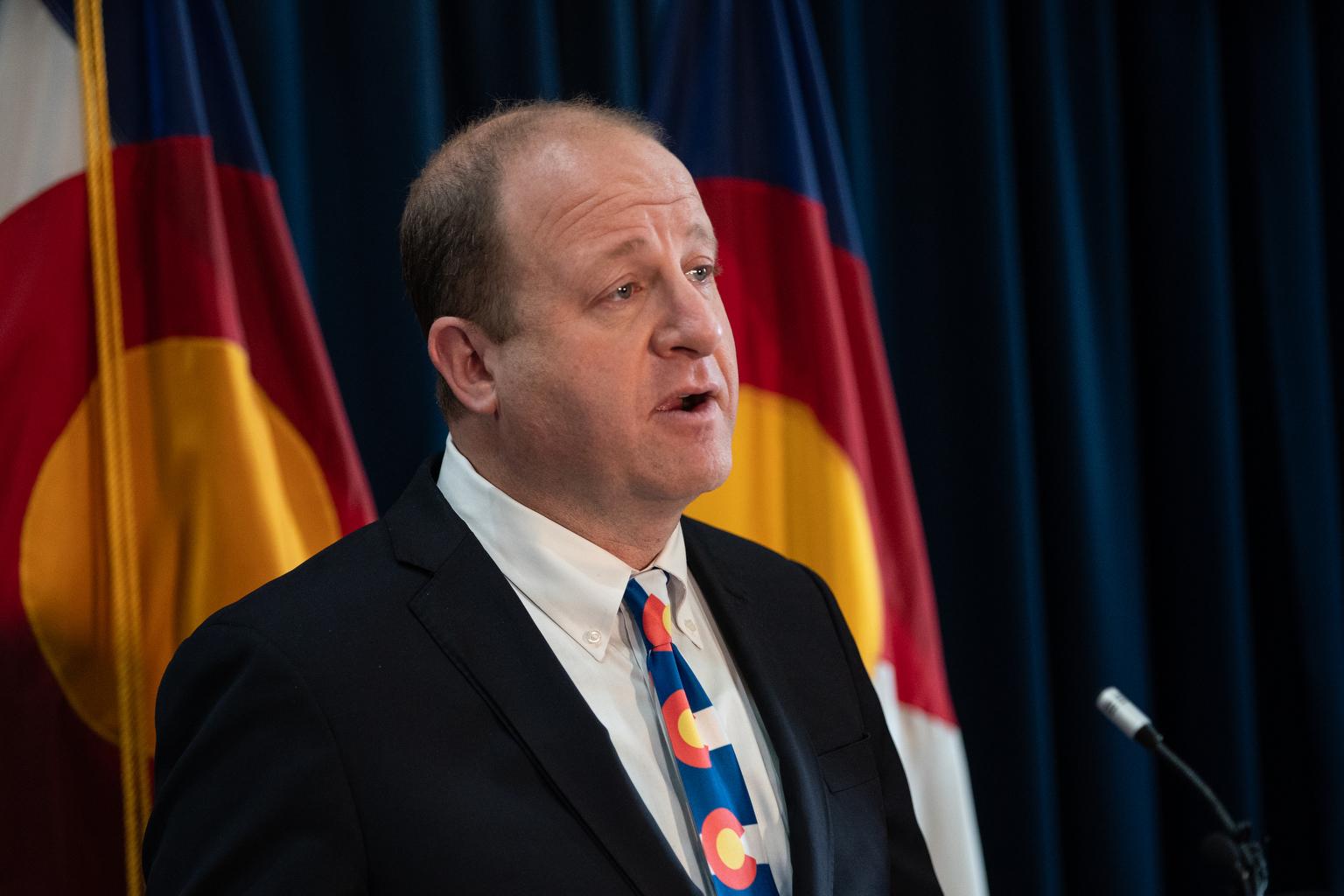
For those who are just now coming out from under a rock or emerging from a bunker in some sort of “Blast From The Past” situation, there’s a huge event happening that’s got everyone in America jumping out of their socks.
Scientists and fanatics are calling it The Great American Solar Eclipse.
So what’s the big deal? What makes it so “great” and so “American”? As you know, a solar eclipse is when the moon passes in front of the sun causing a shadow to fall on the earth. They happen every once in awhile; the last big one was in 2012. What’s making everyone go bananas this August is that it’s a total solar eclipse.
Totality happens far less often. This is the first total eclipse to travel from one end of the U.S. to the other in 99 years. When the moon covers the sun completely, day turns to twilight in minutes, animals act weird, people scream and cry — or so I’ve heard.
Scientists say this is the “sight of a lifetime,” but there’s a catch. The total eclipse can only be viewed from a 60-70 mile wide path. Good news is most of the U.S. will get to see at least a partial eclipse. The even better news is Coloradans live within a day’s drive to the path of totality in Wyoming and Nebraska.

I’m convinced, where can I see the eclipse in its full glory?
Experts will tell you to not just have a Plan A but a Plan B through Z when it comes to this eclipse. To get you started, here are four driveable places within four hours you can put on your map.
Keep in mind if you’re leaving the day of the eclipse, these drive times are most likely going to double, so make sure to pack your traffic survival kit and extra sanity.
Wheatland, Wyoming: 2 hours and 42 minutes from the Denver Metro area. It’s a straight shot up I-25 N, but you’re only going to get 51 seconds of totality.
Don’t have faith in I-25? Try Scottsbluff, Nebraska: 3 hours and 17 minutes on I-76 E. Bonus: If you head to Scotts Bluff National Monument you can get convenience and scenery.
Glendo State Park in Glendo, Wyoming: 3 hours and 13 minutes away by I-25 N.
Carhenge in Alliance, Nebraska: 4 hours and 3 minutes away by I-76 E. Why? Because stonehenge, but with cars.
Don’t forget that weather is a thing. As a Coloradan you’re fully aware that it’s impossible to predict. Check the weather of your intended destination before you spend hours sitting in eclipse traffic.
No way, travel sucks. Where can I go around town?
OK, dealing with horrendous amounts of traffic is not your idea of fun. Well, the eclipse will still be viewable from anywhere in Colorado — weather permitting — and still promises to be an incredible sight. Remember, you’re not going to get totality; the eclipse will be viewable from Colorado with 92 percent of the sun covered.
Disclaimer: Scientists say even a 99 percent obscured sun comes nowhere close to the experience of 100 percent totality. See the difference yourself in this simulation.
Maximum coverage of the sun will be at 11:47 a.m. and you can join the celebration at one of these locations.
Colorado Springs’ Space Foundation Discovery Center is throwing a solar eclipse party from 9 a.m. to 2 p.m. The party is included with general admission: $10/adults.
Up in the Vail area, Walking Mountains Science Center is hosting a free viewing event at Westin Riverfront & Spa at Beaver Creek Mountain from 10 a.m. to 12 p.m. Keyword here being free: free glasses, free entrance, free fun.
Another mountain destination is A-Basin. They're opening up the base area, you can wanter up the hill and they'll have free chairlift rides.
Denver Museum of Nature & Science is holding solar-scope viewing and special events from 9 a.m. to 2 p.m. This is included with general admission: $16.95/adult.
Regis University will be throwing a party complete with free glasses and — wait for it — moon pies. They'll be partying on Regis' grassy commons the morning of the eclipse with astronomers, telescopes and space-themed crafts.
And finally, try your local library for eclipse viewing parties. Libraries all over the state are hosting events where they’ll be giving away free eclipse glasses and educating attendees about the solar phenomenon.
Crowds frighten me, how can I watch this at home (or at work)?
Big parties aren’t your thing or maybe since it’s a Monday you surprisingly have to work. But let’s be honest, you won’t really be working (you procrastinator, you).
NASA EDGE will have a four and a half hour webcast from Southern Illinois University Carbondale. They’ll track the whole eclipse from its start in Oregon to its finish in South Carolina and provide lots of useful, sciencey knowledge throughout. It’ll be your own virtual party from the safety of your home or office. The livestream starts at 9:45am MST.
NASA also has an entire host of livestreams available on eclipse day.
Or if you want to take the online experience to another level you could buy a virtual reality headset and experience the eclipse anywhere in the country, say Casper? Now you’ve saved yourself the hassle of driving and camping. CNN will have virtual reality eclipse coverage. By the way, you can experience CNN’s virtual reality coverage on your computer and smartphone too, but they say it’s just not the same.
P.S. If you plan to look at the sun while it’s partially eclipsed, don’t fry your eyes. Make sure to get the proper viewing glasses. Check out NASA’s list of trusted brands.









